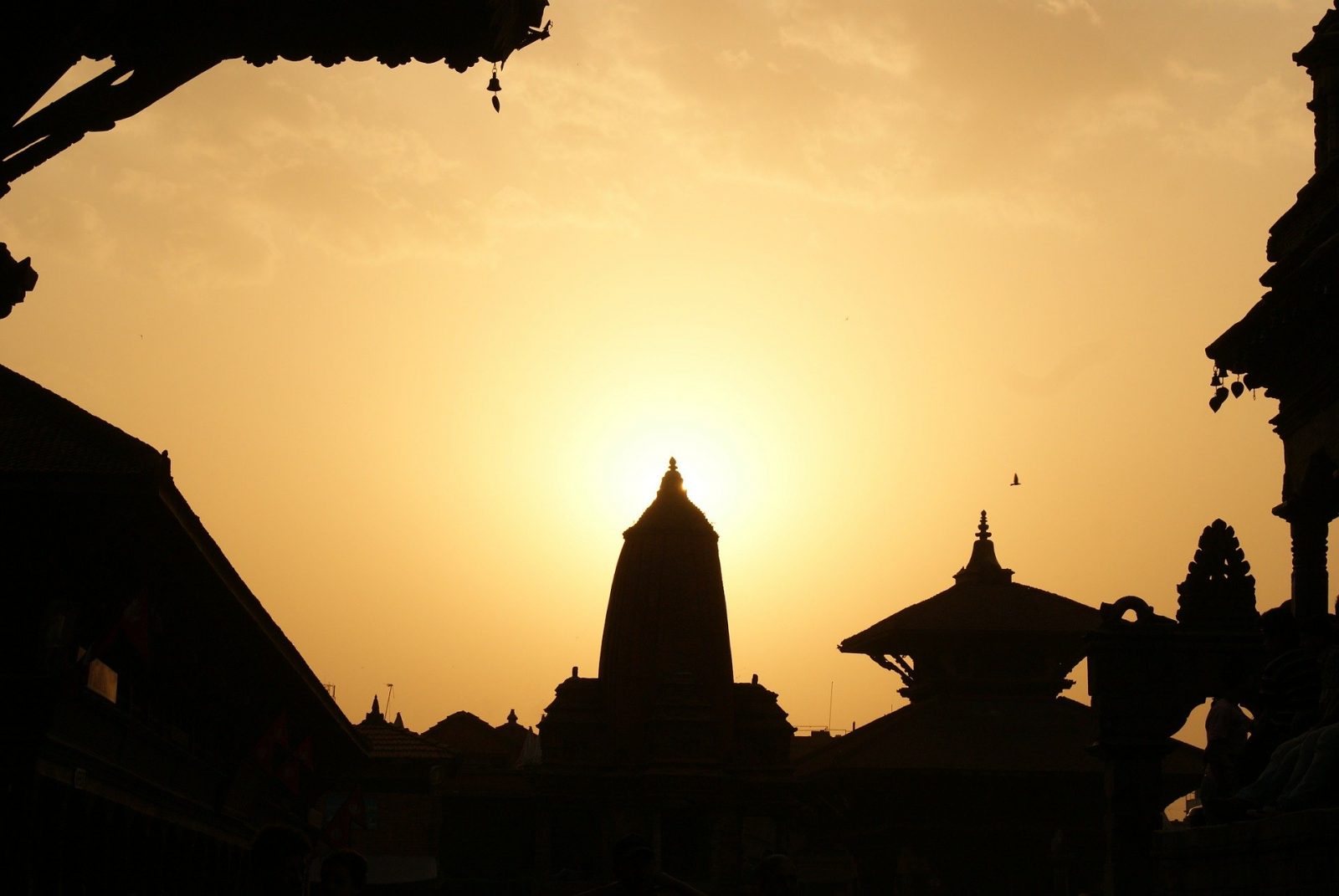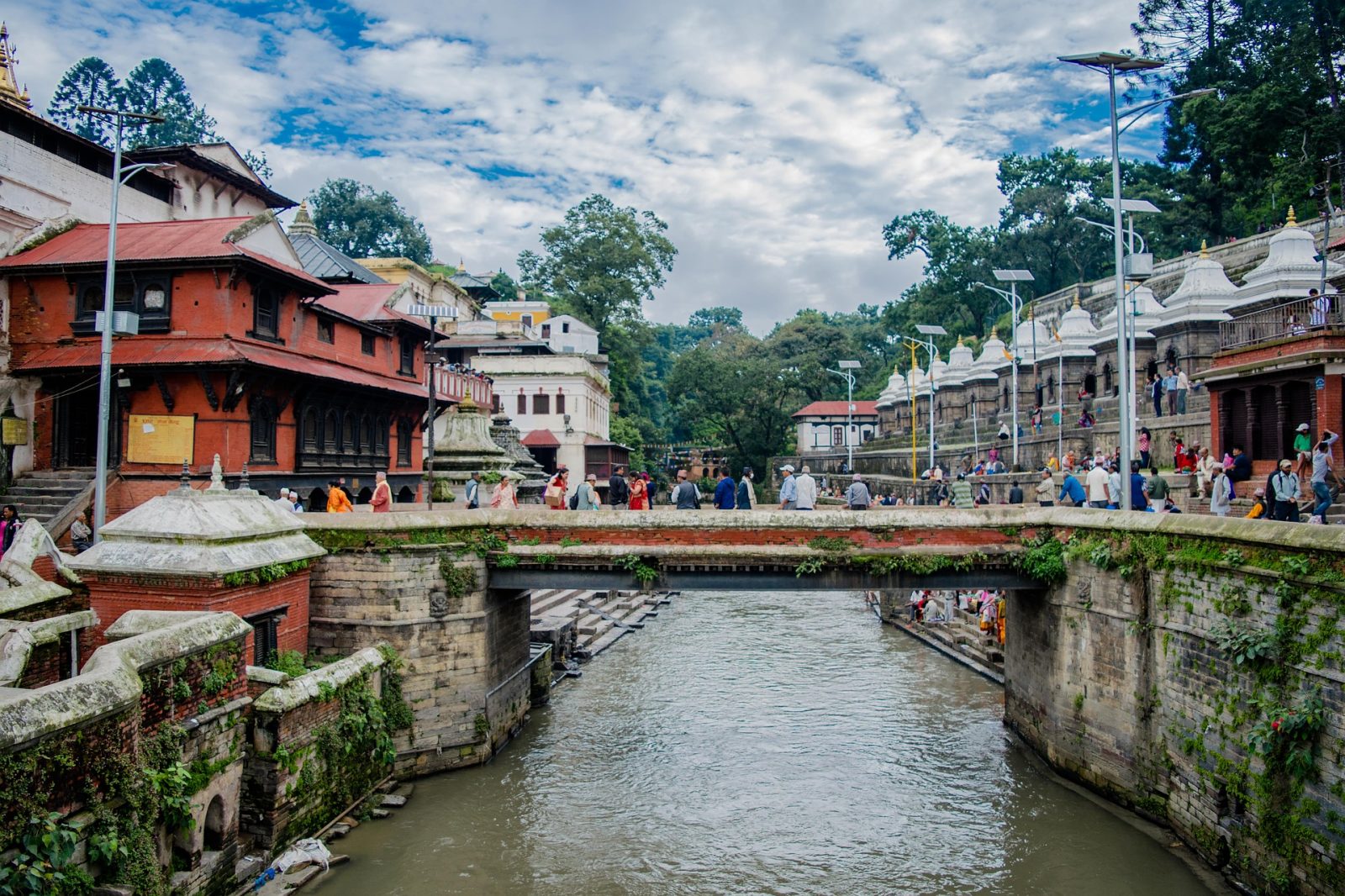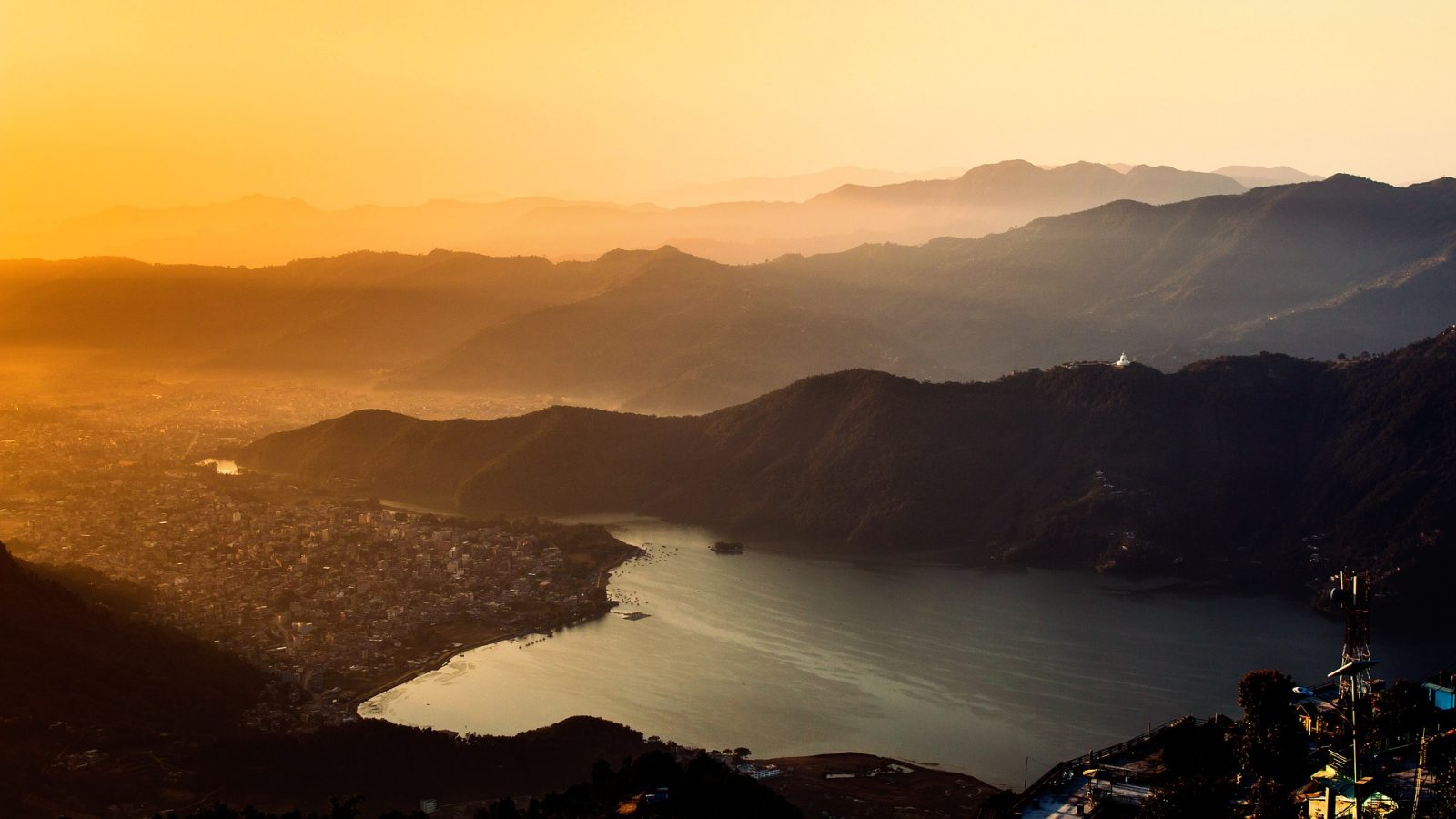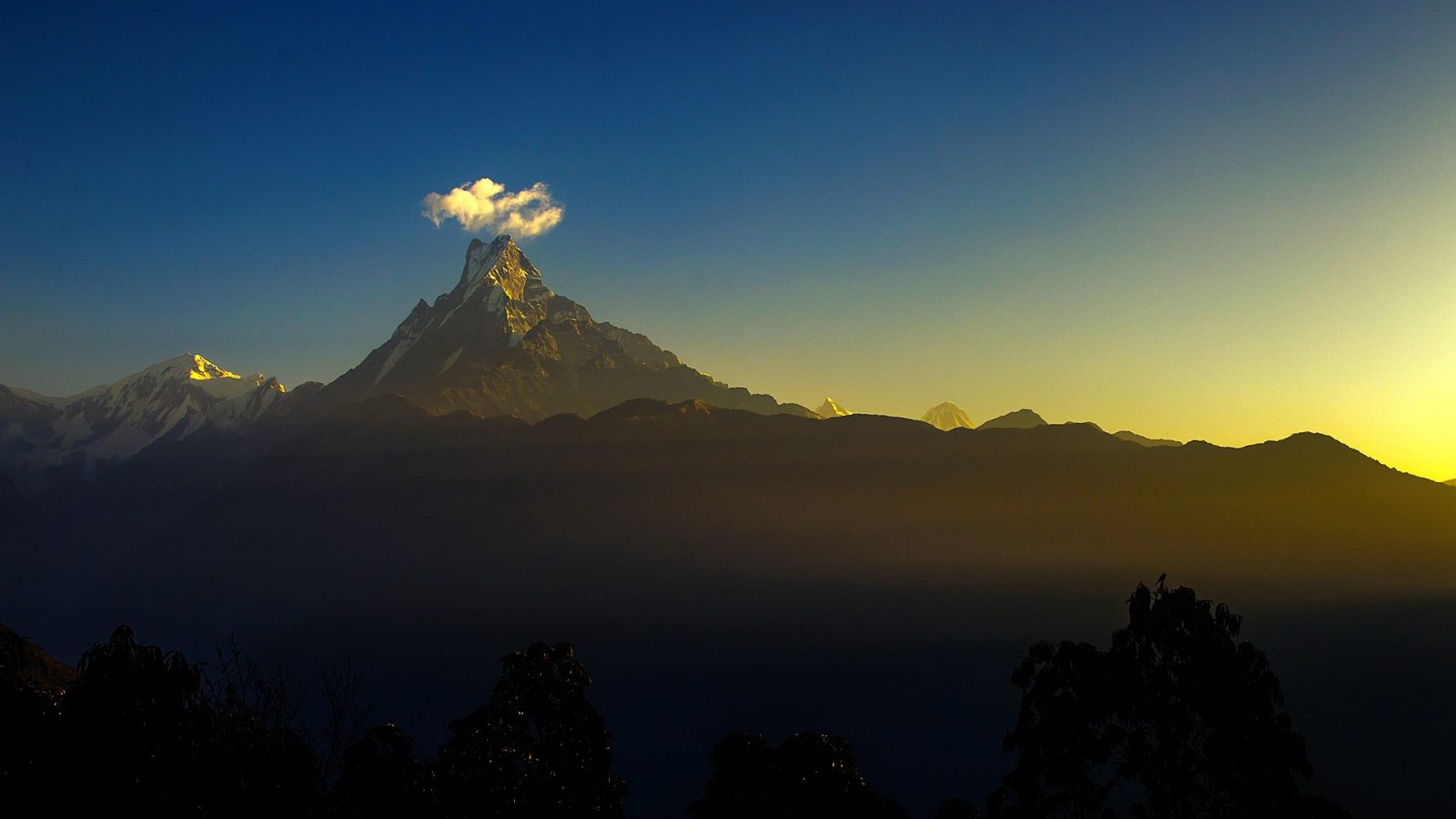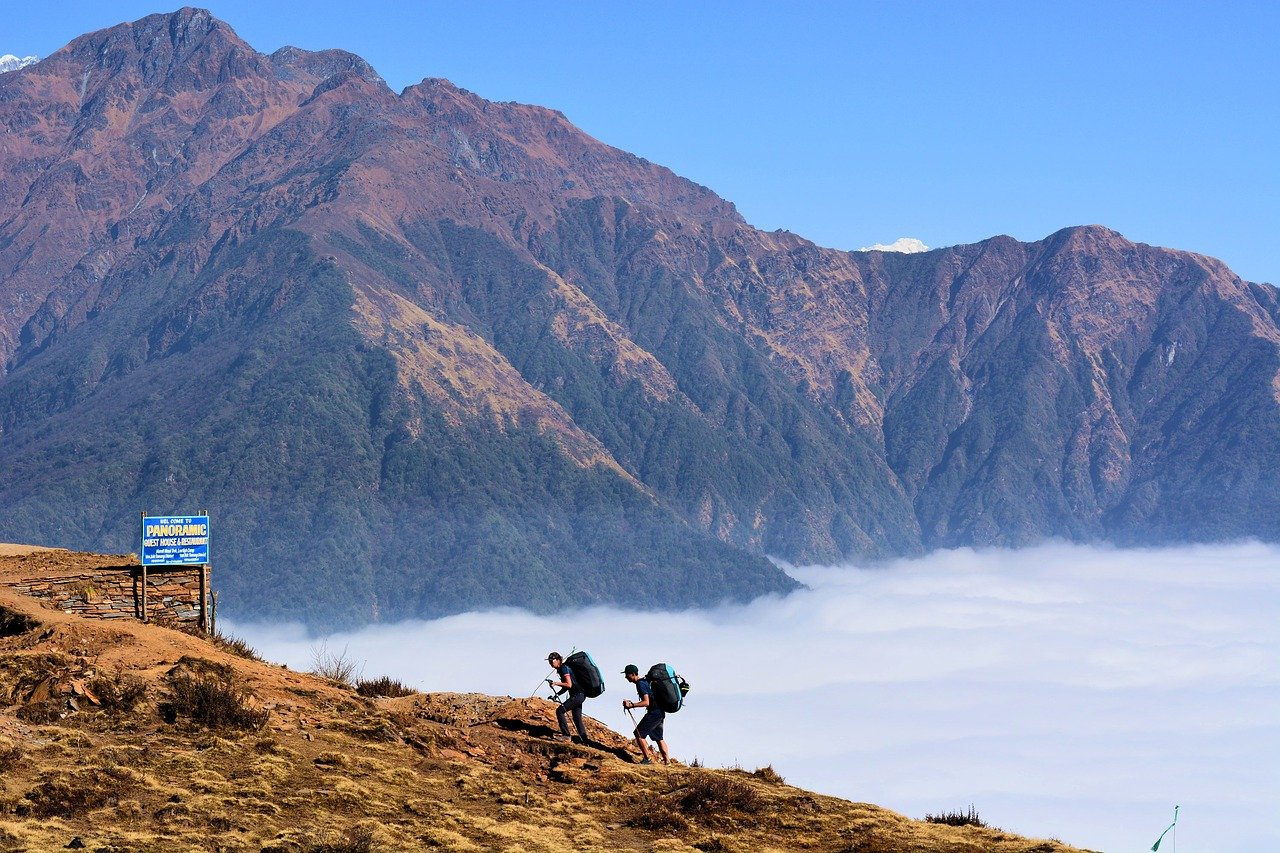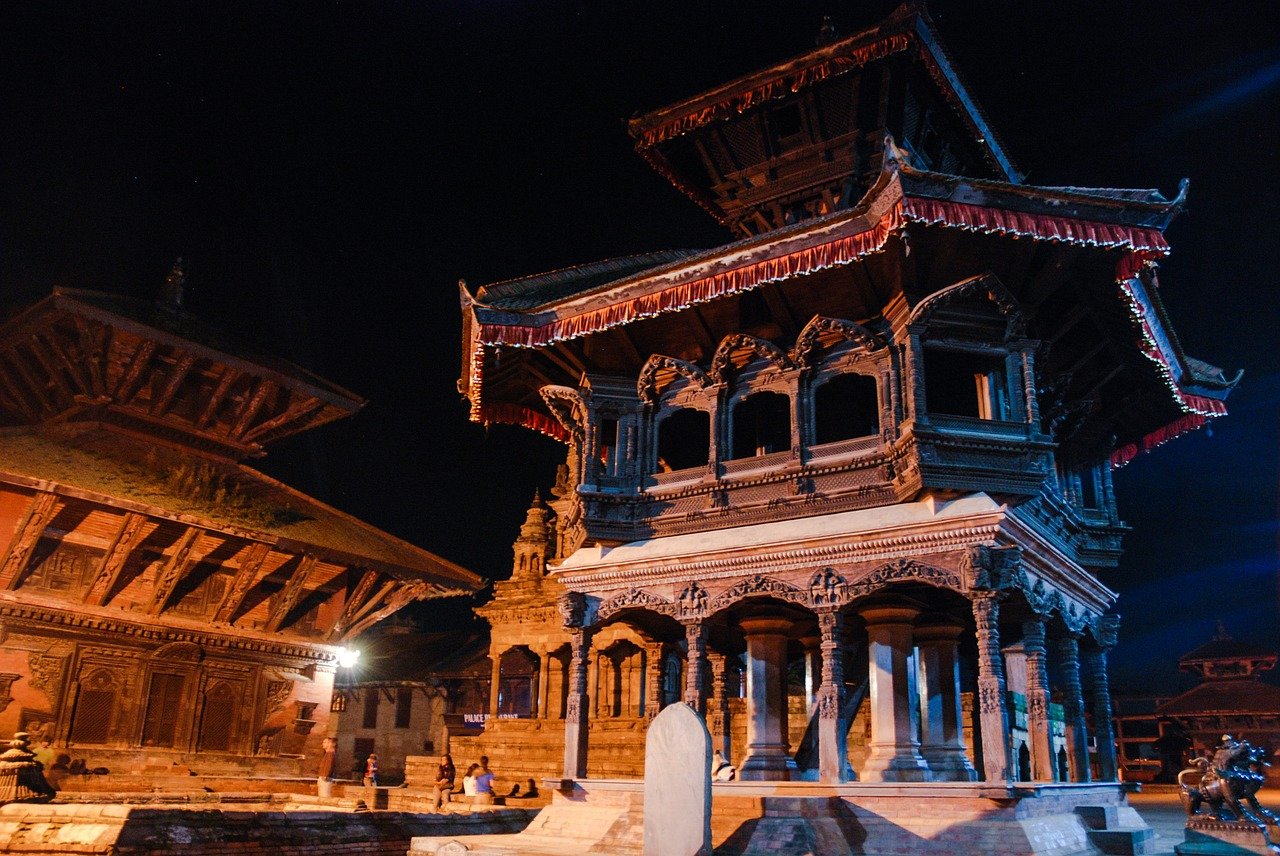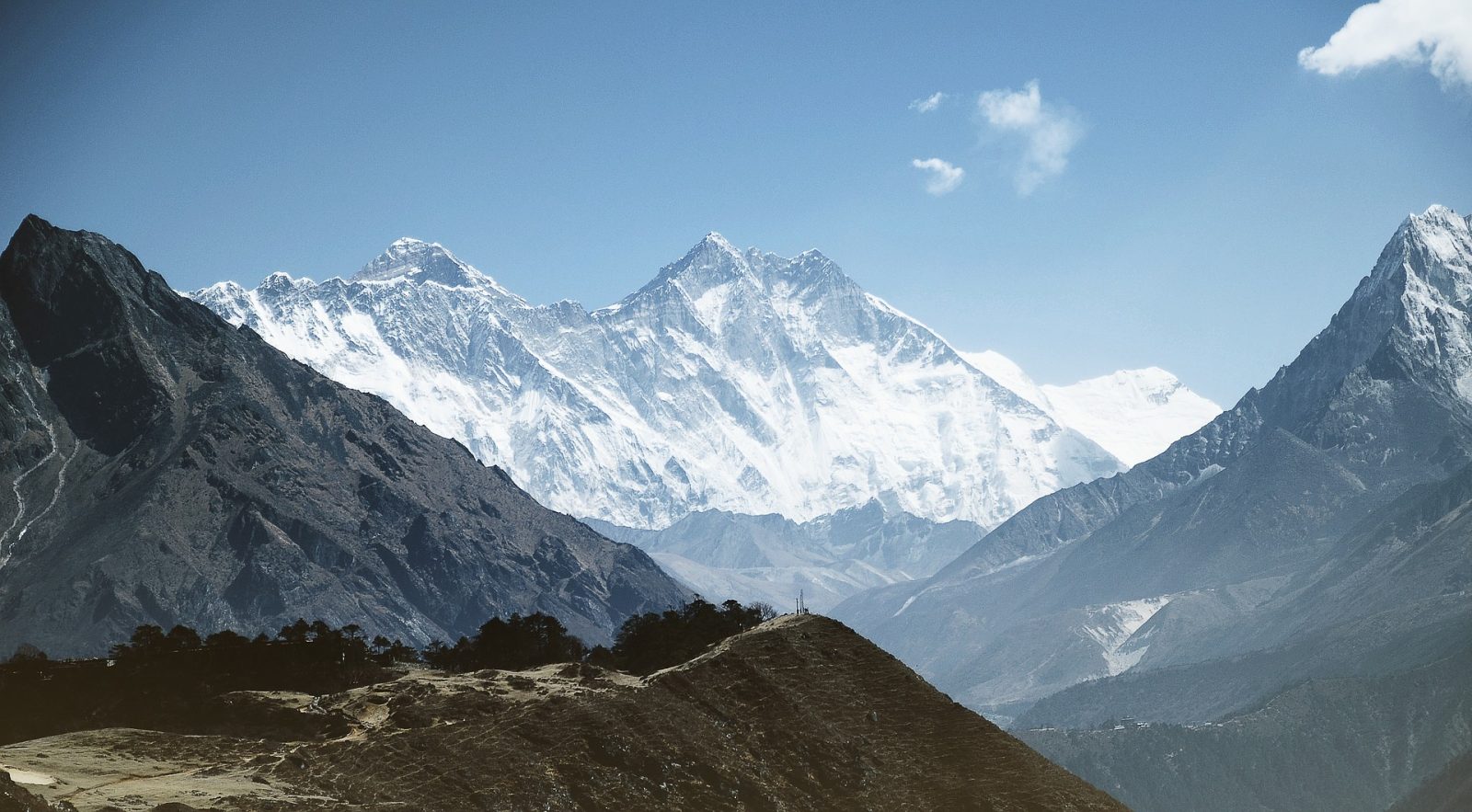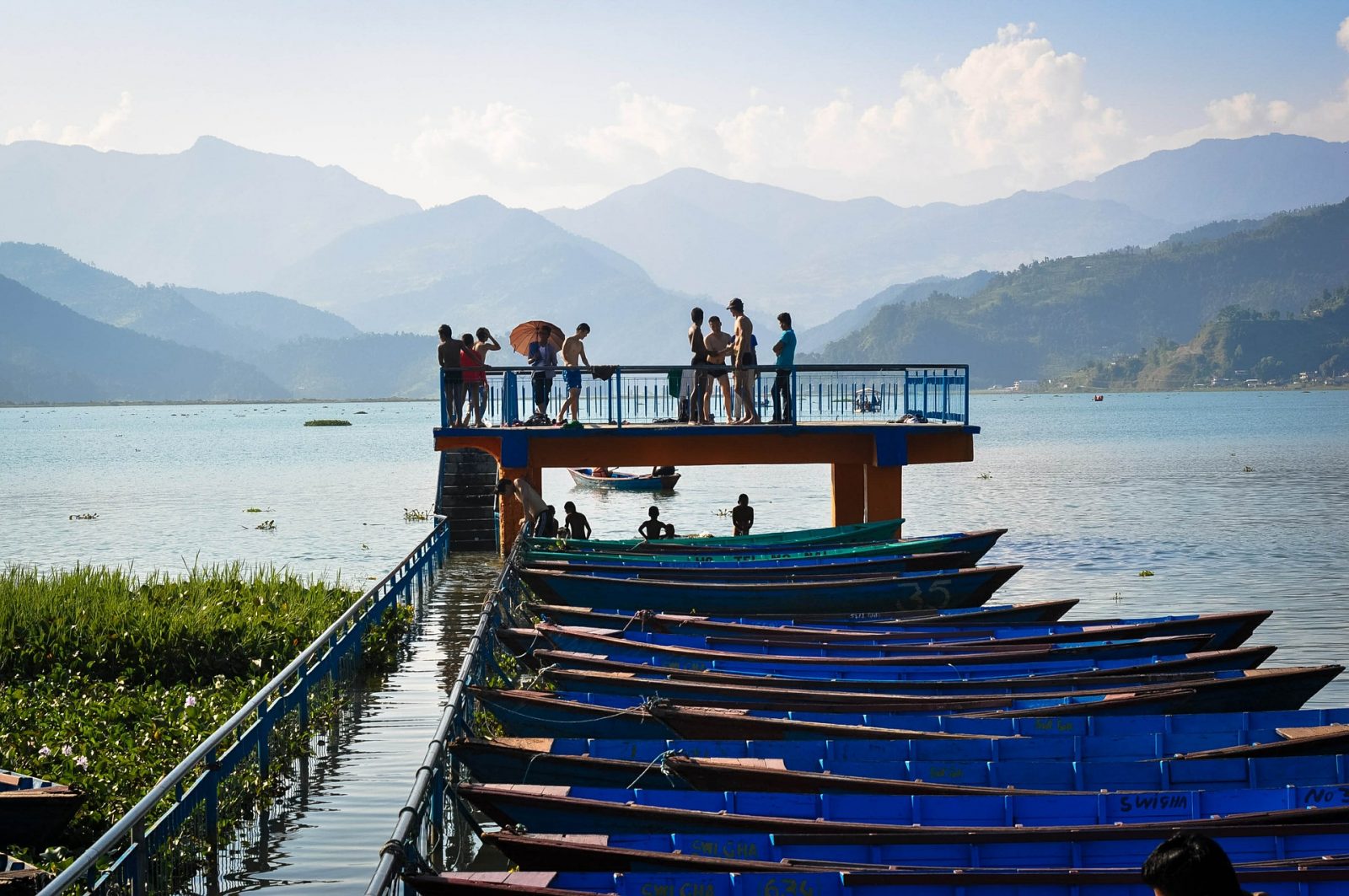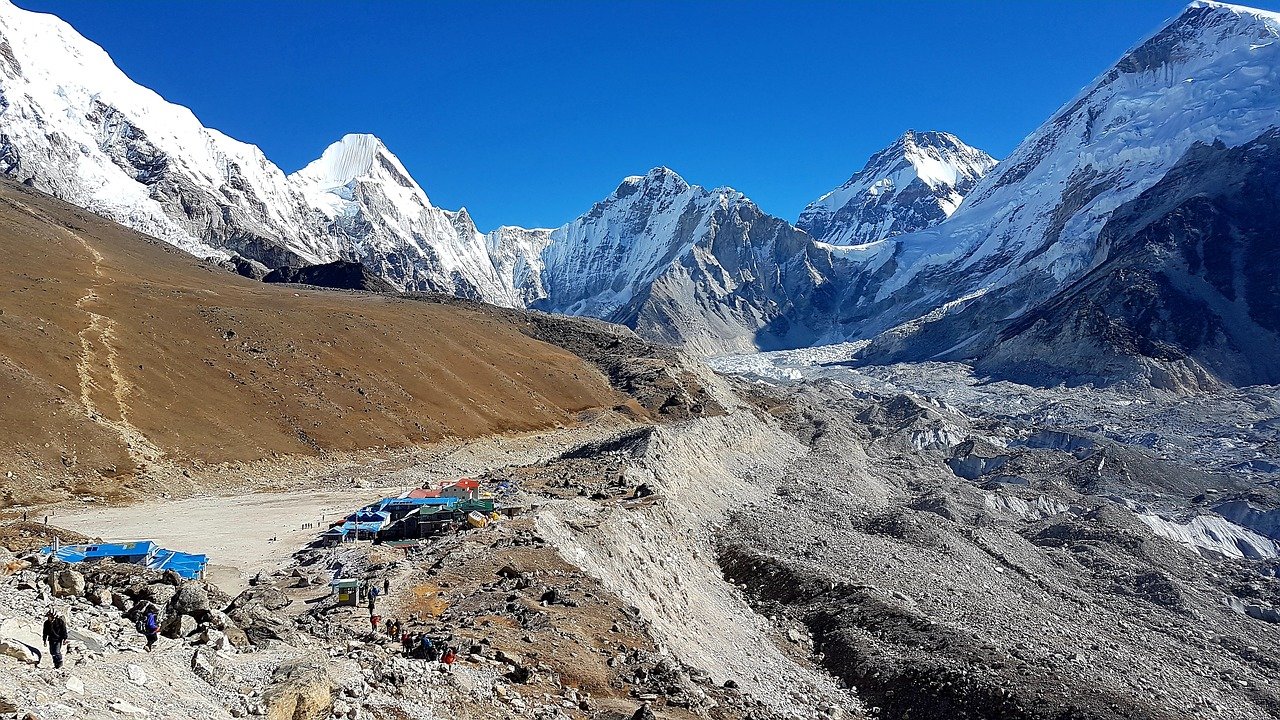What to see and do in Asan – the oldest streets of Kathmandu
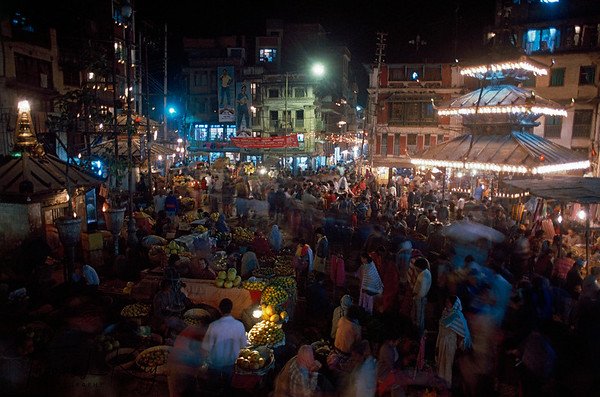
Asan, located conveniently in the heart of the capital, is more than just a marketplace for locals to do shopping. Located just south of the Thahiti Chowk and Thamel is this centuries-old maze of little stone-paved streets with one main street cutting through them all.
In Asan, you can get lost for hours. Discovering old shrines, entering secret courtyards, or just drinking a tea at a “hole in the wall” tea shop. You can buy hundred-year-old antiques, cheap replicas of these antiques, or Himalayan spices to add some authentic Nepalese flavours to your cooking. You will find everything from dried fish to yak tails. Cat Stevens apparently wrote his hit hippie-era song “Kathmandu” in a hazy teahouse in Asan.
Nobody is certain about the origin and history of Asan. At the turn of the 20th century, during the autocratic Rana regime, it was known for being a small market square. Its heyday was during the Malla era when the stunning Annapurna temple was constructed at its centre. The tradition of the native Newars dictates that a portion of all the rice sold in the Asan Chowk must be first offered to the Annapurna – the goddess of abundance.
Here, the day begins as early as 3 am. The market, too, opens by dawn as vendors pour in from all over the valley to sell their fresh produces. It is undoubtedly the most lively and vibrant old-town market you will find in Kathmandu, and, Asia too, arguably. Seeing how the chaos and beauty blend into one, you will feel like you are walking through the heart of the Asian continent. It is itself fascinating to see an old market survive and thrive in modern times. Here we have listed three things you can do in Asan.
Heritage Walk
Asan is only a stone’s throw away from the UNESCO-listed Kathmandu Durbar Square. You can either go on a self-guided heritage walk or take part in a group heritage walk organised by cultural experts. So, you can either begin your walk through Asan and explore the Durbar Square and adjacent areas through Indra Chowk or vice versa.
Since Asan is perpetually busy, you will want to start early in the morning to get the best of it. While Saturdays will be a lot less crowded because it is a day off for vendors, it will not have the same vibe as it does during the rest of the week. There are several temples, historic landmarks, old houses and shops that will transfer you to the Old World.
Visit temples
Asan houses several big and small temples around its main square. Although some of them are surrounded all around by market vendors, these are all places of active worship.
Annapurna Temple
This three-story, the Newari-style temple is the Asan’s grandest temple; and has a rich history. It is ornately decorated with mirrors, lamps, torans, and statues. However, you might be surprised to know that there is no deity inside. Instead, it houses a tantric vessel called a Kalash that symbolises bounty.
Narayan Temple
This beautiful, central stone temple with a single golden roof is dedicated to Narayan. The building is locked and only opened on select days for puja.
Ganesh Temple
It is a small, two-storey temple devoted to Ganesh which is adorned by an ornately built brass roof. The inner shrine is opened only in the mornings and often closed by the evening. The majestic statue of Ganesha sits surrounded by a glided arch.
Celestial Fish
Just opposite the main Ganesha temple is a rectangular stone enclosure. Inside it is a statue of a stone fish. This small fish represents a legendary, mythical story of how an old man learned from a young man and the young man learned from the old.
Go shopping
Bear in mind that Asan Chowk is not a tourist market, it’s a local market. But there are plenty of things to buy from spices, dried goods, and brass utensils to traditional attires to handicrafts. For those in search of genuine and high-quality spices from Nepal, there is perhaps a no better place to shop than Asan kathmandu. From big spices shops like the Annapurna Seed Centre to local street stalls, spices like cardamom, cumin, timur, and turmeric are sold by weight or in premade packaging.
While walking towards Indrachowk, you will be met by dozens of utensil shops on both sides of the stone-paved road. These shops pompously showcase their best offerings outside the shop, making the whole area look like a fair or an exhibition. You can buy anything from traditional utensils to god statues to handicrafts to take back home.

